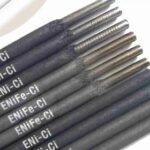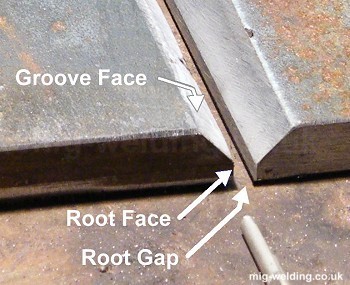When it comes to material selection, engineers and designers often consider various factors such as ductility, hardness, and strength. However, sometimes the primary consideration is simply finding the most cost-effective metal available.
In this blog post, we delve into the realm of affordable metals, exploring their pricing from least expensive to most expensive, and highlight key indices that provide up-to-date pricing information.
The Cheapest Metals in the Market
The prices of metals can fluctuate based on various factors, including supply and demand dynamics, market conditions, global economic trends, and geopolitical events. However, in general, some metals are considered to be relatively cheaper compared to others.
The pricing of metals is primarily determined by their abundance in nature and the cost of extraction. Generally, the most abundant metals tend to be the least expensive.
Let’s take a look at some of the cheapest metals available:
Iron
Iron, with its atomic number 26 and symbol Fe, is the most abundant element on Earth by mass. It constitutes a significant portion of the planet’s outer and inner core. Due to its abundance, iron is considered the cheapest metal.
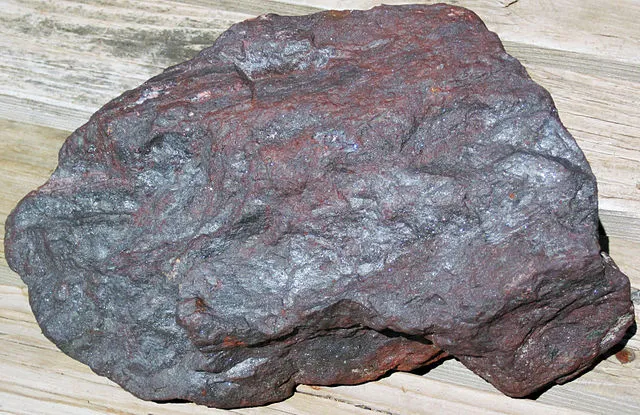
Iron is a widely available and relatively inexpensive metal. It is one of the most abundant elements on Earth and is commonly used in various industries due to its desirable properties and cost-effectiveness.
Iron is extensively used in construction, infrastructure, automotive manufacturing, machinery, and appliances. It is a vital component in steel production, which is widely employed in buildings, bridges, and pipelines.
Iron is abundant, strong, and durable, making it suitable for load-bearing structures. Alloys like stainless steel and galvanized steel provide improved corrosion resistance. Iron is highly recyclable, making it sustainable, and its affordability contributes to its widespread use in various industries.
Carbon Steel
Carbon steel is an alloy that combines iron with a small percentage of carbon and sometimes other elements. The addition of carbon enhances its strength and fracture resistance over other types of iron. Pound for pound, steel is typically cheaper than its aluminum counterpart.

Aluminum
Aluminum is a chemical element with the symbol Al and atomic number 13. It is a silvery-white, lightweight metal that belongs to the group of post-transition metals in the periodic table. Aluminum is the third most abundant element in the Earth’s crust, making up about 8% of its composition.
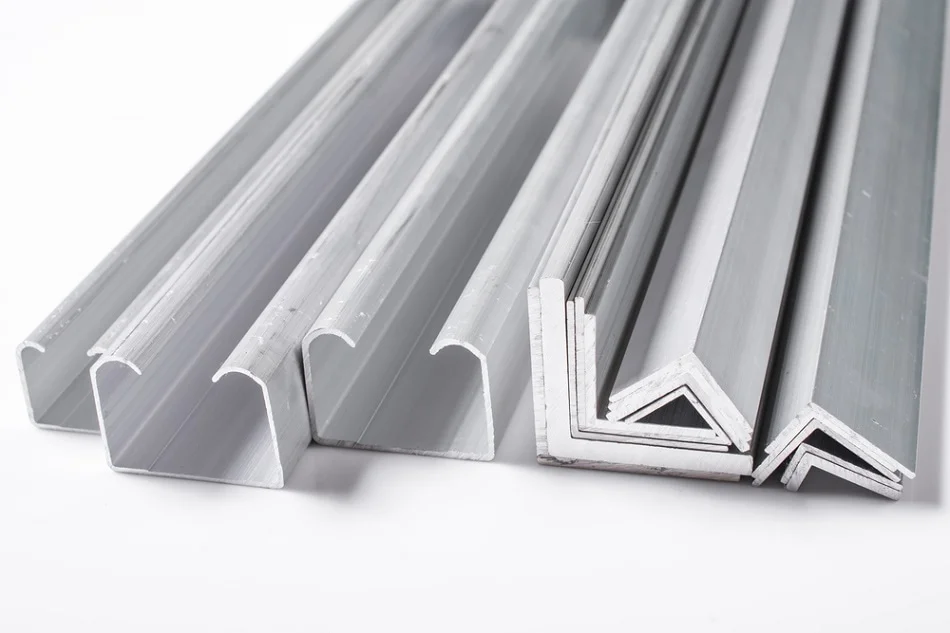
Properties of Aluminum:
- Lightweight: Aluminum has a low density, about one-third that of steel, which makes it a lightweight metal. This property makes it valuable in applications where weight reduction is important.
- Ductility and Malleability: Aluminum is highly malleable and ductile, meaning it can be easily formed into various shapes and sizes. It can be rolled into thin sheets, extruded into complex profiles, or cast into intricate shapes.
- Corrosion Resistance: Aluminum naturally forms a thin oxide layer on its surface, which provides excellent corrosion resistance. This protective layer helps prevent further oxidation and corrosion, making aluminum suitable for outdoor and marine applications.
- Good Thermal and Electrical Conductivity: Aluminum exhibits good thermal and electrical conductivity. It efficiently conducts heat and electricity, making it useful in applications such as heat sinks, electrical transmission lines, and consumer electronics.
- Reflectivity: Aluminum has high reflectivity for both heat and light. This property makes it valuable in applications where reflection or heat dissipation is required, such as in mirrors, solar panels, and lighting fixtures.
- Recyclability: Aluminum is highly recyclable and can be recycled repeatedly without losing its properties. Recycling aluminum requires significantly less energy compared to primary production, making it an environmentally friendly material.
Due to its favorable properties, aluminum finds a wide range of applications in various industries. It is commonly used in transportation (including automobiles, aircraft, and trains), construction (windows, doors, and facades), packaging (cans and foils), electrical systems, consumer goods, and many other sectors.
Zinc
Zinc, a slightly brittle metal with a silvery-greyish appearance, is the first element in group 12 of the periodic table. Zinc alloys are generally cheaper than stainless steel. Moreover, alloying zinc with other metals improves corrosion resistance, stability, dimensional strength, and impact strength.
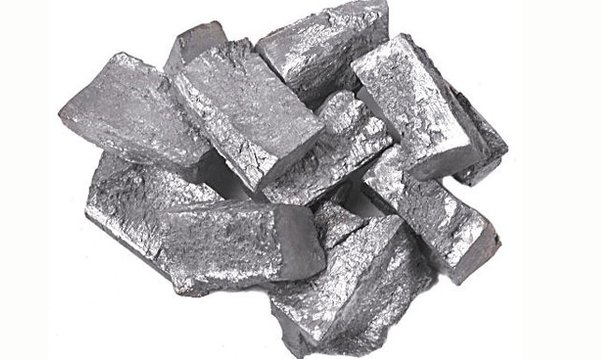
Zinc is a bluish-white metal known for its corrosion resistance. It is used for galvanization, where it protects iron and steel from rusting.
Zinc is also used in alloys like brass, has good electrical conductivity, and is important for human health as a nutrient. Additionally, zinc finds applications in the production of zinc oxide, chemicals, pigments, and as a catalyst.
Lead
Lead, symbolized by Pb and atomic number 82, is a dense metal with relatively low melting point. Due to its known harmful effects and limited demand, lead is considered a cheap metal. Its widespread availability makes it easily accessible for manufacturers and home loaders.
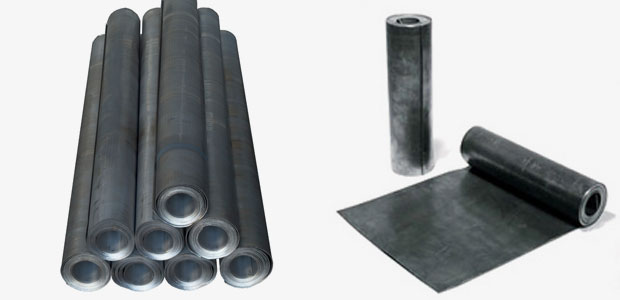
- Lead is a dense, soft metal with a bluish-white color.
- It has been historically used in construction, plumbing, batteries, ammunition, and paints.
- Lead is effective in radiation shielding due to its high density.
- Lead-based solder is used for joining electrical components in electronics and plumbing connections.
- However, lead is toxic and can cause severe health issues, leading to regulations to limit its use.
- Improper handling and disposal of lead-containing materials can have negative environmental impacts.
Manganese
Manganese is a silvery metal often found in minerals containing iron. It is commonly used in industrial alloys, particularly stainless steel. Manganese is abundant and inexpensive, making it a material poised to play a more significant role, particularly in lithium-ion batteries.

Manganese is a chemical element with the symbol Mn and atomic number 25. Here are some key points about manganese:
- Abundance: Manganese is the 12th most abundant element in the Earth’s crust. It is found in various minerals and ores.
- Steel Production: Manganese is primarily used in the production of steel. It acts as a deoxidizer and desulfurizer, improving the strength, toughness, and workability of steel. Manganese steel, also known as Hadfield steel, is exceptionally hard and resistant to wear.
- Batteries: Manganese is a key component in certain types of batteries, such as lithium-ion batteries. It helps enhance the energy storage capacity and performance of these batteries.
- Alloys: Manganese is used as an alloying element in various alloys. It forms alloys with aluminum, copper, and other metals, imparting desirable properties such as increased strength, corrosion resistance, and heat resistance.
- Chemical Applications: Manganese compounds find applications in various chemical processes. For example, manganese dioxide is used as a catalyst in the production of certain chemicals and in the manufacture of dry cell batteries.
- Health and Nutrition: Manganese is an essential trace element for human health. It plays a vital role in enzyme activation and metabolism. It is found in foods like nuts, whole grains, and leafy vegetables.
Factors Impacting Affordability
The prices of certain metals are determined through exchanges, while others are influenced by market demand. Abundance and popularity play significant roles in determining a metal’s price. For instance, aluminum is relatively cheap due to its abundant deposits worldwide.
Metal Indices and Pricing
Several indices provide valuable information on metal prices. Metal indices and pricing refer to the systems and methods used to track and determine the prices of various metals in the global market.
These indices and pricing mechanisms provide a benchmark for assessing the value of metals and are widely used by industry participants, investors, and analysts.
Metals and Minerals Price Index
This tool calculates metal prices by weighing aluminum, copper, iron ore, lead, nickel, tin, and zinc prices. The Metals and Minerals Price Index refers to a composite measure that tracks the price movements of various metals and minerals in the global market. It provides a benchmark for assessing the overall performance and trends in the prices of these commodities.
The Metals and Minerals Price Index includes various metals and minerals, with weights assigned based on factors like production volume and market demand. Price data is collected from different sources, and the index value is calculated using a formula. It is used by industry participants and investors to monitor prices, assess market conditions, and make investment decisions.
London Metal Exchange Index (LME)
LME is a futures and forwards exchange that deals with standardized base metal forward contracts, futures contracts, and options. It also offers contracts for ferrous and precious metals.
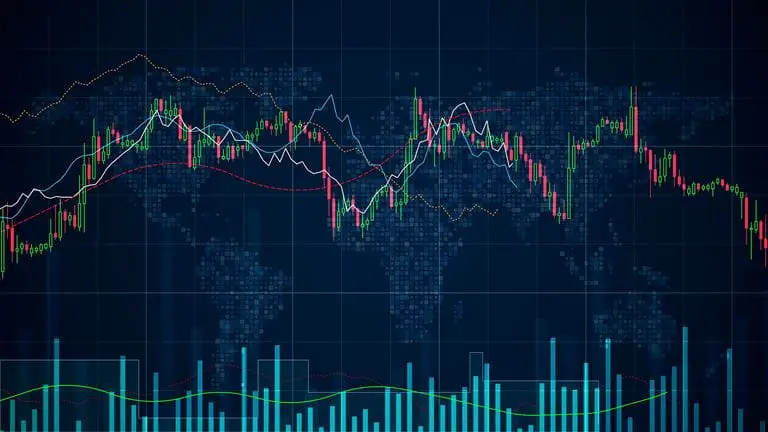
The London Metal Exchange (LME) Index is a benchmark for the global metals market. It includes six base metals, such as copper and aluminum, with weights based on market importance. The index value is calculated using a weighted average of metal prices from the LME. It is widely used by industry participants and investors to track metal market trends.
Fastmarkets
Fastmarkets is a cross-commodity price reporting agency (PRA) that specializes in agriculture, forest products, metals and mining, and energy transition markets. Their data, forecasts, and market analyses provide strategic insights in complex and volatile markets.
Fastmarkets, a trusted cross-commodity price reporting agency (PRA) that provides price data, news, market analysis, forecasting, and risk management solutions for various markets, including agriculture, forest products, metals and mining, and new generation energy.
Conclusion
Understanding the affordability of various metals is crucial for engineers, designers, and manufacturers aiming to optimize costs without compromising quality. Iron, carbon steel, aluminum, zinc, lead, and manganese are among the least expensive metals available.
By considering factors such as abundance and market demand, industries can make informed decisions regarding material selection. Additionally, keeping track of metal price indices ensures access to up-to-date pricing information in a dynamic market environment.
